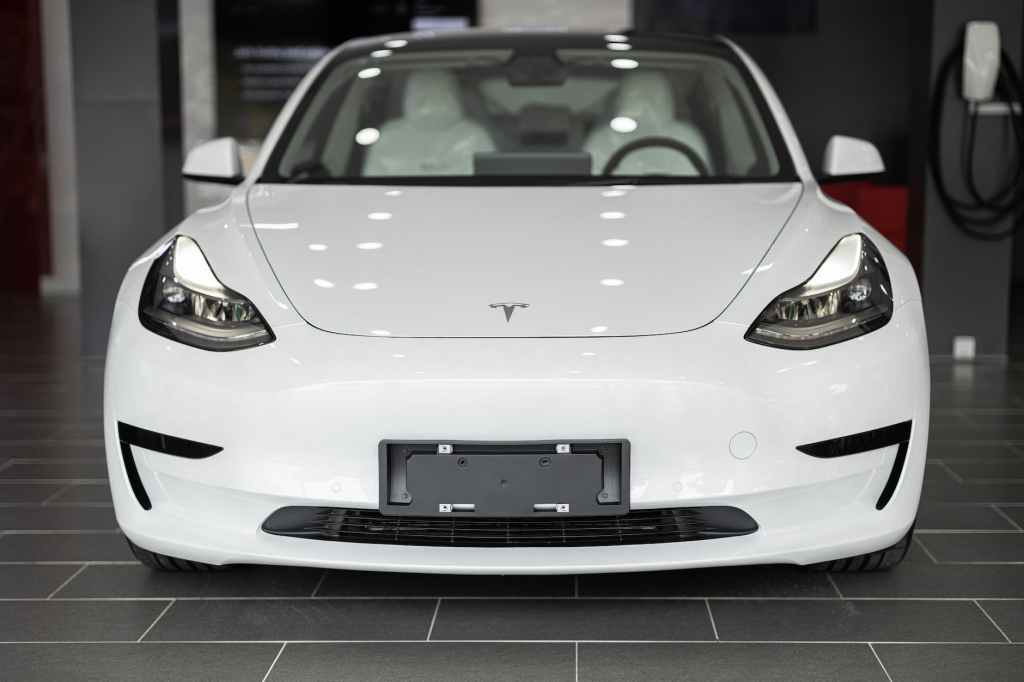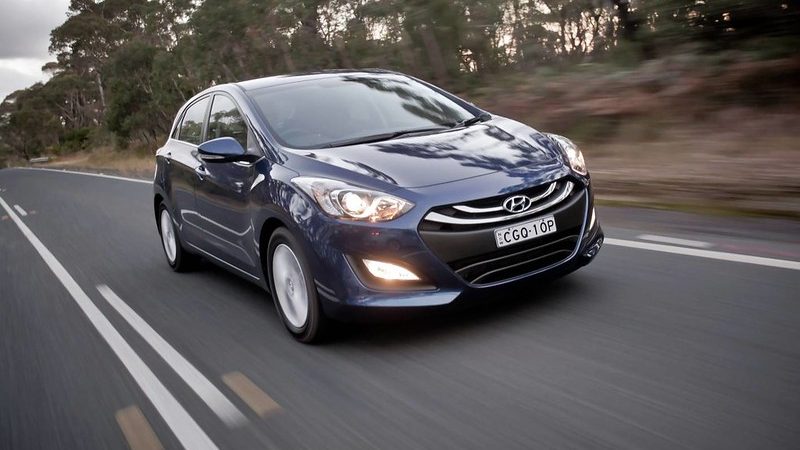When it comes to purchasing a car, many people look solely at the vehicle’s brand, color, sticker price, and fuel economy. However, if you want to ensure that your shiny new toy doesn’t create financial strain months or years after purchase, you must consider all the costs you may incur over the time you own the car. Understanding those costs should help you make an informed and financially sound decision on whether to buy a new or used vehicle, lease or finance, and which model and options to choose.
(more…)-

Car Batteries: Climate Matters
In most cars with internal combustion engines, batteries are typically installed near the engine under the hood, where temperatures can easily exceed 200 degrees Fahrenheit. Summer heat exacerbates this harsh environment, accelerating battery degradation. Consequently, batteries in cooler climates may last a few years longer than those in regions with hotter weather conditions.
(more…)
-

Environmental Footprint of Electric Vehicles
Modern electric cars have gained a well-deserved reputation for being environmentally friendly. However, their “green” image is not entirely accurate. While they produce no tailpipe emissions, electric vehicles still indirectly contribute to global warming, although not to the same extent as fossil fuel-powered vehicles.
(more…)
-

How to Watch a Solar Eclipse with a Cereal Box
A solar eclipse can last for several hours. To entertain your friends and educate your kids during the event, create a simple pinhole camera using an empty cereal box.
Video by NASA. While this primitive solar viewing device is a poor-quality alternative to factory-made eclipse glasses and viewers, the darkness inside the cardboard box provides an excellent setting for viewing a projected image of the Sun without the need for eye protection.■
Sources
- Chou, B. R. (2023) Solar Eclipse Eye Safety. American Astronomical Society.
- How to Observe an Eclipse Safely | Royal Astronomical Society
- Pinhole & Optical Projection | American Astronomical Society
- How to Make a Pinhole Projector to View the Solar Eclipse | NASA
-

How to Watch a Solar Eclipse with a Mirror
If you couldn’t obtain a suitable solar viewing device in time for the solar eclipse, you can still watch the event indirectly by projecting an image of the Sun onto the ground or a wall.
One of the simplest projection tools is the “reflected pinhole” device, which you can create using inexpensive, readily available supplies and household items. It involves securing a small mirror in place and covering it with tape or paper that has a small hole cut in it, no more than 5 mm (1/4″) across. The mirror reflects the image of the Sun onto a shaded surface located 5 to 30 meters (15 to 90 feet) away.

Image by Royal Astronomical Society. During this process, exercise caution to avoid looking directly into the mirror or reflecting sunlight into anyone’s eyes, as this can be just as dangerous as looking directly at the Sun. Additionally, ensure that no one stands or walks in the path of the projected beam for the same reason.
While the solar image projected by this reflected pinhole device may appear dull and have poor resolution, this method still offers a safe and economical alternative to viewing the Sun directly.■
Sources
- Chou, B. R. (2023) Solar Eclipse Eye Safety. American Astronomical Society.
- How to Observe an Eclipse Safely | Royal Astronomical Society
- Pinhole & Optical Projection | American Astronomical Society
- Using a Mirror to View a Partial Eclipse | Society for Popular Astronomy
-

Solar Eclipses May Disrupt Wireless Communications
During a solar eclipse, as the Moon’s shadow moves across Earth, it blocks sunlight from reaching the Earth’s atmosphere. This causes a decrease in electrically charged particles within certain regions of the ionosphere, potentially disrupting radio signals that pass through or reflect off the ionosphere.
How does this interference impact your wireless communications and navigation systems?
(more…)
-

Life and Death of a Car Battery
The purpose of a car battery is to provide a high-amperage current to the starter to start the engine. Typically, a battery’s life consists of a repeated cycle of charging and discharging until its performance declines to the point where it becomes unusable.
Most car batteries have a relatively short service life and need replacement every three to five years, depending on the vehicle’s operating conditions and usage patterns. Among the factors affecting battery lifespan, time has the most significant impact. Over time, batteries gradually deteriorate until they can no longer hold a charge, provide sufficient power, or be recharged.
(more…)
-

Seeing the Bright Side Through Solar Shades
Solar eclipse glasses and handheld solar viewers are specialized astronomical filters made for public use to directly view the Sun during an eclipse. Crafted from metal-coated polyester film or carbon-infused polymer resin securely housed within a cardboard frame, these solar viewing devices shield your eyes from the Sun’s intense brightness and harmful radiation by blocking 97% of infrared light while allowing a minuscule amount of ultraviolet and visible light—less than 0.0032%—to pass through.
(more…)
-

Trimming the Fat: Can Decluttering Your Trunk Improve Fuel Economy?
How much gasoline can you save by decluttering your car trunk? The short answer: not much.
Standardized tests for full-size gasoline vehicles indicate that for every 100 pounds of weight reduction, you can improve fuel economy by up to 0.8% in city driving and 0.7% on the highway. For diesel engines, the improvement is 1.2% and 0.8%, respectively. These figures might seem promising, but they quickly become unattainable when considering factors such as the vehicle’s payload and driving speed.
(more…)
-

Under Pressure: Deciphering the Optimal Tire Pressure
The National Highway Traffic Safety Administration (NHTSA), a U.S. federal agency responsible for transportation safety, requires every new car sold in the country to provide tire pressure information. Typically, this information is found on a label on the driver-side door jamb or rear edge. If not there, check other places like the glove box, fuel door, or owner’s manual.
While the listed pressure values aim to maximize safety, they may not be optimal for all conditions, such as weather, speeds, loads, and types of wheels and tires. Consequently, this could result in increased wear and fuel consumption. What to do? Follow the car manufacturer’s recommendations, if available. Otherwise, consult a qualified mechanic.
Never rely on the pressure value marked on the tire itself, as it indicates the maximum pressure at which the tire can safely be inflated before the tire’s integrity is compromised. This is not the same tire pressure as the car manufacturer’s recommended value for safe driving.■
Sources
- https://www.cars.com/articles/how-do-i-find-the-correct-tire-pressure-for-my-car-1420676891878/
- https://www.cars.com/articles/how-to-properly-check-and-fill-tires-1420663066288/
- https://www.motortrend.com/features/the-inadequate-tire-pressure-sticker/
- Featured image by Mike Bird on Pexels.com.


